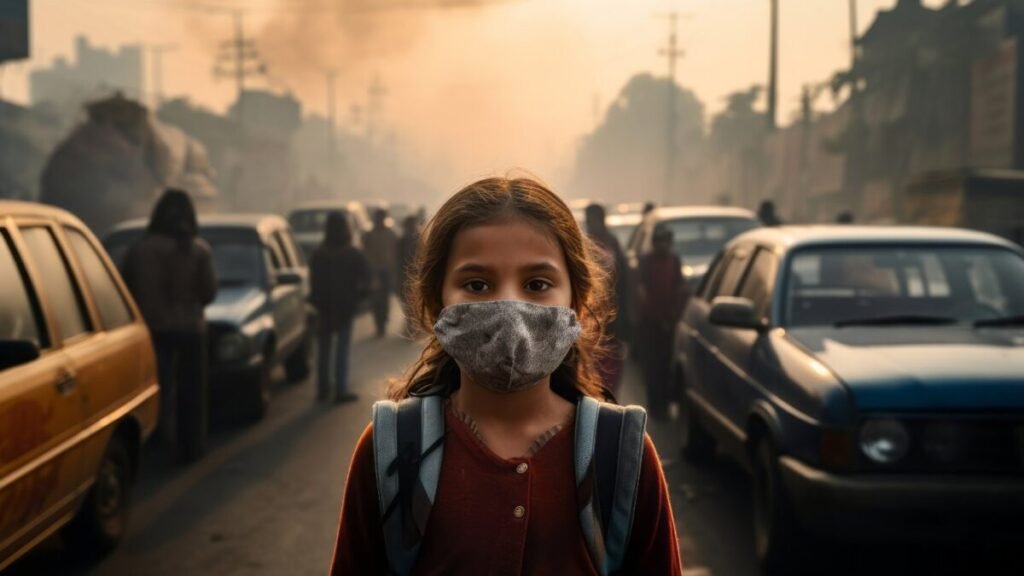Clean Air and Healthy Eyes: The Impact of Pollution on Children’s Vision according to Science.

Air pollution not only damages the lungs: it can also affect the eyes of children. Researchers from the University of Oxford and international collaborators have shown that children growing up in cleaner air environments have better vision without the need for optical correction. This finding suggests a paradigm shift: clean air becomes as crucial for visual health as it is for respiratory health.
An Artificial Intelligence Study and Environmental Data
Scientists analyzed the relationship between environmental, genetic, and lifestyle factors in the visual development of children. Using machine learning techniques, they evaluated the visual acuity of schoolchildren and compared it to the presence of fine particles PM2.5 in their environments. The results were clear: in less polluted areas, children showed sharper vision, even after adjusting for variables such as genetics or screen usage.

How Pollution Damages Vision
Polluted air can affect the eyes through various mechanisms. Ocular inflammation and oxidative stress reduce the ability of tissues to stay healthy. In addition, reduced exposure to sunlight — essential for balanced ocular development — and certain chemical changes induced by pollutants promote the onset of myopia. The researchers identified that the impact is stronger during the early school years when the eye is still developing.
Differences by Age
The study showed that elementary school children were the most sensitive to pollution, experiencing the greatest benefit in visual acuity. In contrast, teenagers and those with advanced myopia responded less, as genetics play a predominant role in those stages. This reinforces the importance of intervening at early ages, before visual problems become established.

Strategies to Protect Children’s Visual Health
The authors of the study propose specific measures to reduce children’s exposure to pollution. These include installing purifiers in classrooms, creating traffic-free zones around schools, and restricting vehicle circulation during drop-off and pick-up times. Given that children spend a good part of their day in school, these interventions could make a tangible difference in their visual development.
A Modifiable Factor in Myopia Prevention
While genes cannot be changed, the environment can. This study confirms that air pollution is a modifiable environmental risk factor, opening the door to public policies capable of reducing the progression of myopia and other visual disorders. In the words of the researchers: “Clean air is not only important for the lungs; it is crucial for eye health.”






